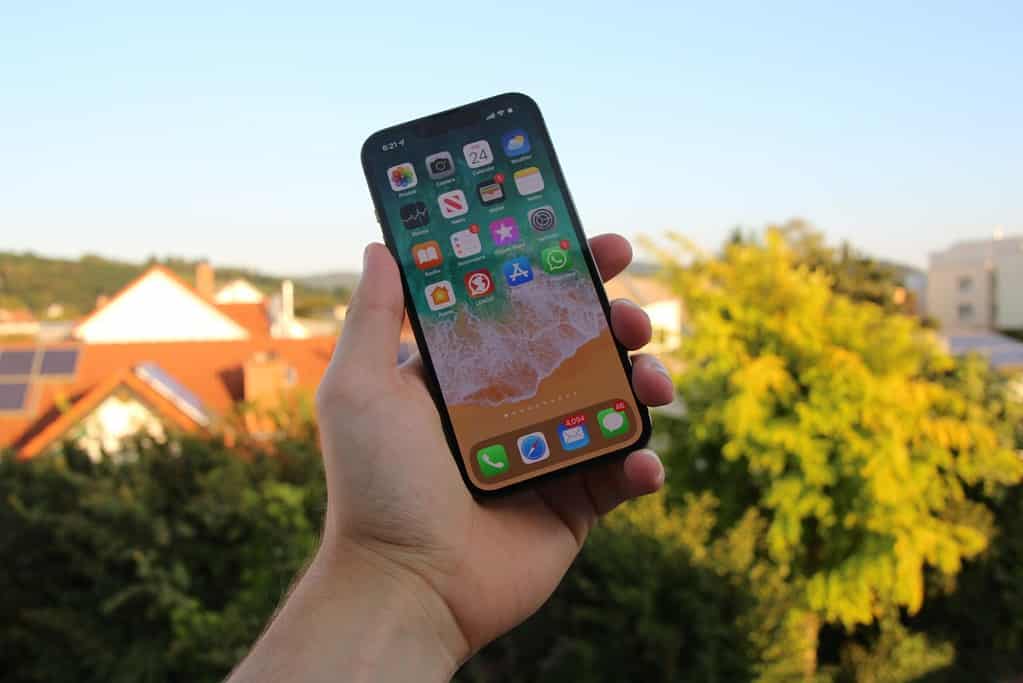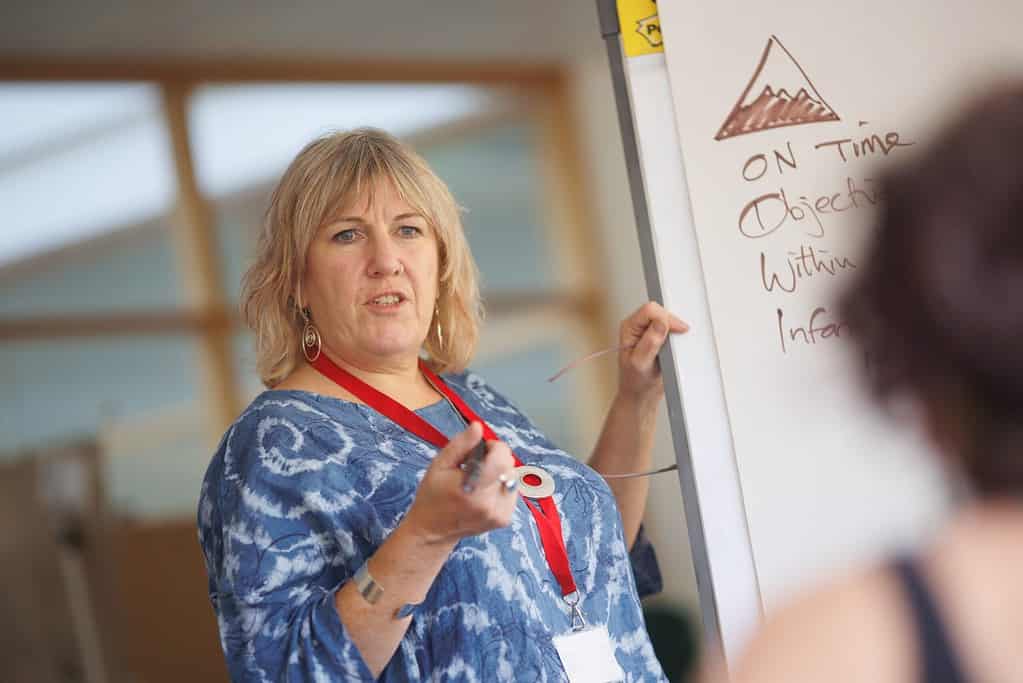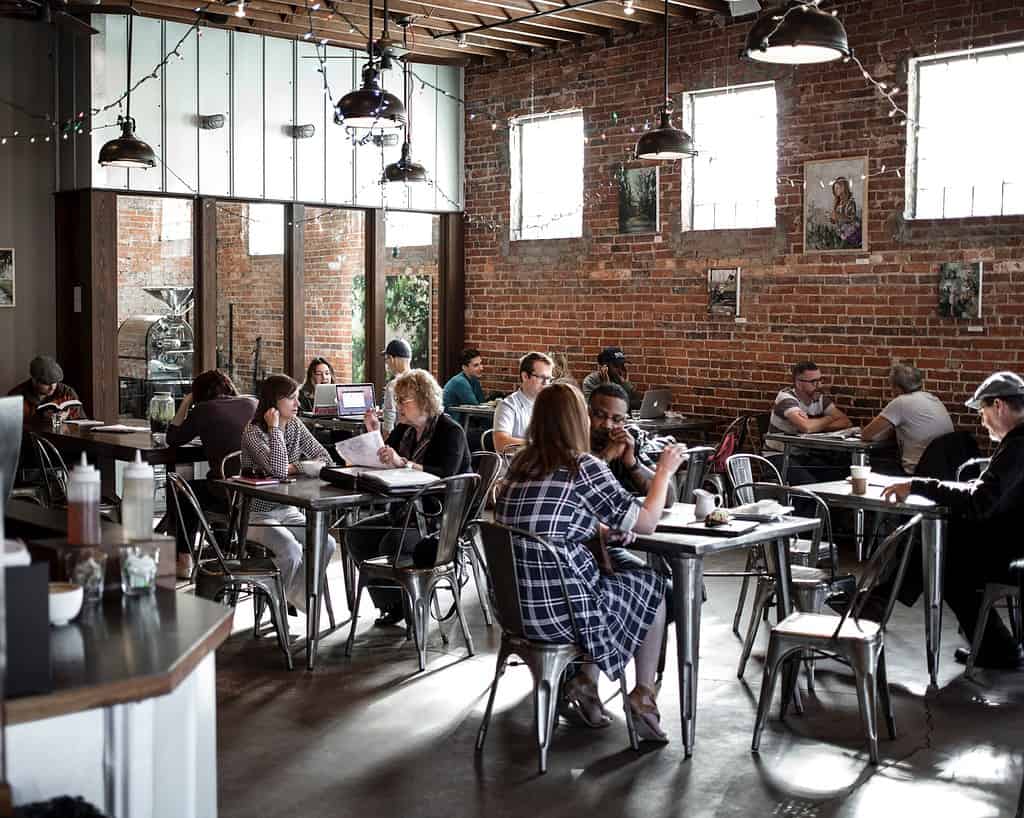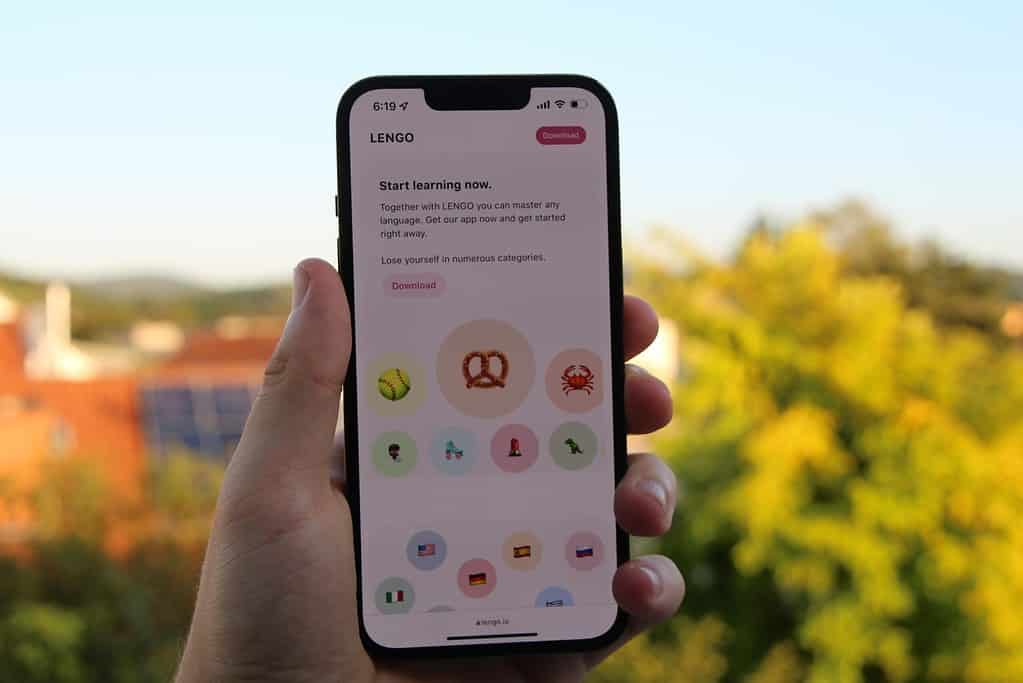French language learning is undergoing a technological revolution. Gone are the days when textbooks and classroom lessons were the sole methods of studying a language. Today, virtual reality (VR) is reshaping the educational landscape, offering immersive, interactive, and highly engaging ways to absorb French. Whether you’re an avid tech enthusiast or simply curious about modern language study techniques, VR offers an exciting frontier in mastering French and gaining conversational confidence.
Introduction to VR in Language Education
Defining VR for Language Learners
Virtual reality creates simulated environments that put you right in the middle of realistic scenarios. In language education, this means stepping into a Parisian café, navigating French street markets, or even participating in interactive conversations with native speakers without leaving your home. This immersive approach helps to build context, making lessons memorable and practical.
The Journey to Immersive Learning
While the integration of technological tools into learning isn’t brand new, VR represents a quantum leap. Research such as a recent meta-analysis has shown that learners using VR environments experience significant improvements in speaking, listening, and vocabulary retention compared to traditional methods. By simulating real-world interactions, VR provides a dynamic, engaging platform for learners to experiment and overcome the fear of making mistakes, which is typical in classroom settings.
For those ready to step up their language game, innovative tools like swaplang provide additional support with one-to-one, real-life conversation exchanges that complement immersive tech experiences.
Benefits of Immersive Language Learning
Enhanced Engagement and Retention
Immersive environments bring language to life. By presenting you with scenarios that require spontaneous responses and offer immediate feedback, VR enhances both engagement and retention. A study published in Computer Assisted Language Learning revealed that students learning in VR improved their vocabulary scores by over 90% and retained significantly more words compared to traditional classroom settings. This dynamic learning context transforms vocabulary from static words on a page into living expressions used in context.
Reduction in Foreign Language Anxiety (FLA)
An added bonus of VR is its ability to reduce the anxiety associated with speaking a foreign language. When practicing in VR, learners face a controlled, repeatable environment where the embarrassment of making mistakes is minimized. Research published by SpringerOpen in Smart Learning Environments highlights that VR practice leads to lower anxiety scores compared to traditional video conferencing platforms, such as Zoom.
Top VR Applications for French Learners
Leading Platforms in the Market
Several VR applications are specifically tailored to French language learners. Platforms like Mondly VR offer interactive lessons that simulate everyday interactions, from greeting neighbors to ordering a coffee. Similarly, ImmerseMe brings realistic scenarios to life, allowing you to practice common French expressions in settings that mirror daily life. VirtualSpeech, though originally focused on business English, also includes immersive conversation practice for French learners, preparing you for both casual chats and professional interactions.
Feature Highlights and Advantages
These VR applications come loaded with user-friendly interfaces and interactive feedback tools. They provide detailed progress tracking, scenario-based learning exercises, and an environment that adapts to your proficiency level. For instance, Mondly VR not only practices vocabulary and pronunciation but also helps make the transition between phrases smoother thanks to simulated conversations that mirror real-life dialogues.
Real-Life French Speaking Scenarios Simulated in VR
Authentic Interaction Environments
One of the most compelling aspects of VR in language learning is its ability to replicate real-life situations. Imagine walking into a simulated French bistro where you engage in casual banter with a virtual waiter, or attending a virtual business meeting that challenges your professional vocabulary. Such scenarios give you a safe space to practice without the pressure of real-world repercussions, helping to boost your confidence and fluency.
Case Studies and Success Stories
Research and early adopters of VR highlight significant improvements in spoken French skills. For example, learners using these immersive environments report not only better pronunciation but also a deeper understanding of conversational cues and social norms. This practical experience is especially beneficial when combined with conversational exchanges on platforms like French conversation exchanges, where real interactions amplify the skills honed in VR simulations.
Integrating VR into Your Language Study Routine
Practical Tips for Seamless Integration
Mixing VR sessions with your regular study routine can be a game changer. Consider the following steps to make the most of your immersive practice:
- Select the Right Platform: Choose an app that matches your current proficiency and learning goals.
- Engage Regularly: Consistent practice in VR environments solidifies vocabulary retention and boosts conversational confidence.
- Complement with Traditional Methods: Pair VR sessions with conventional learning techniques like flashcards or one-on-one conversations.
- Monitor Your Progress: Use the in-app feedback and assessment tools to track where you improve and what needs more focus.
Blending VR with Conversation Exchanges
While VR offers an immersive environment, nothing beats actual human interaction. Platforms such as swaplang enable private video sessions with native speakers, ensuring you receive the nuanced feedback that only a live conversation can offer. Additionally, reading articles like real-life practice scenarios can enrich your understanding and further integrate VR-based learning into your daily language practice.
Future Perspectives: The Evolution of VR in Language Learning
Emerging Trends and Technological Advances
As technology continues to evolve, so too will the capabilities of VR in language education. Future iterations of VR platforms are expected to provide even more personalized and adaptive learning experiences, using artificial intelligence to tailor scenarios based on your unique progress and challenges. Imagine a VR tutor that adjusts your lessons in real time based on your performance – the possibilities are endless.
Bridging the Gap Between Virtual and Real-World Communication
The integration of VR into the language learning journey holds great promise not only for individual growth but also for fostering global communication. VR is set to bridge cultural gaps by providing immersive experiences that connect learners with realistic interactions. By combining VR technology with platforms like swaplang, you can practice authentic conversations and gain the cultural insights needed to navigate French-speaking environments with ease.
The fusion of technology and language education is an exciting frontier, promising to transform how we learn and interact. If you’re eager to leverage these breakthrough methods and accelerate your French speaking skills, consider integrating VR into your study routine and explore additional conversation practice with swaplang. Sign up today at swaplang to start enhancing your French language journey with both modern and proven techniques.

















